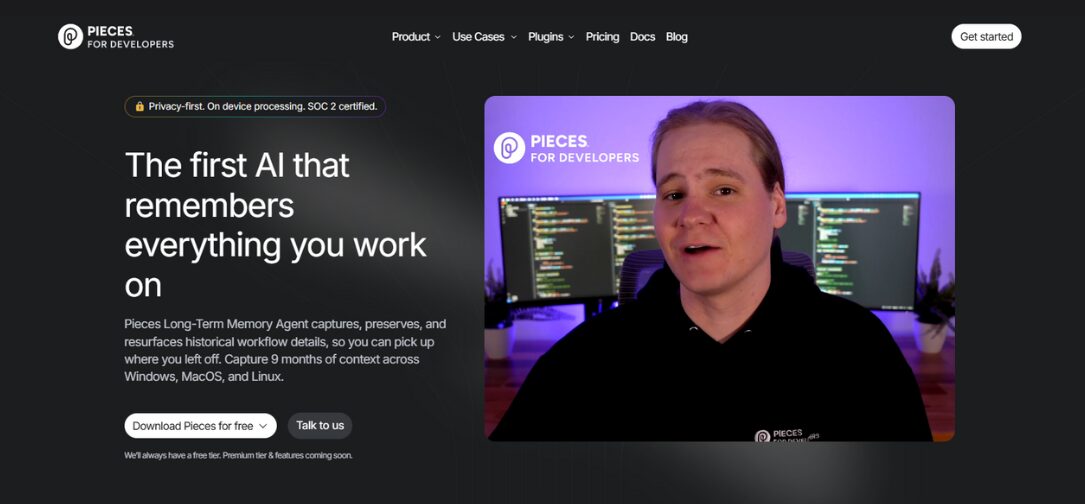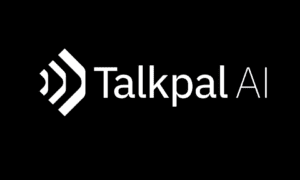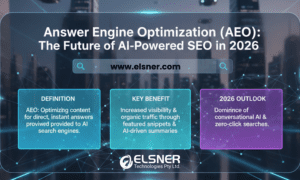You no longer need to be a billion-dollar company to take advantage of cutting-edge AI infrastructure.
As Model Context Protocols (MCPs) gain traction across the tech industry, a growing number of startups and agile dev teams are integrating them into their daily workflows, not to follow a trend, but to gain a real competitive edge.
Pieces MCP brings the power of context-aware AI directly to your local environment, enabling smaller teams to build smarter, move faster, and reduce overhead without sacrificing security or control.
In an era where developer velocity can define product success, this technology offers more than just convenience – it changes the way teams work.
Context: the missing link in everyday AI
Generative AI tools have revolutionized productivity, but they come with a catch: they don’t remember anything unless you tell them – again and again.
Traditional AI models require constant input, repetitive context, and pasted snippets for every new prompt. For developers and technical professionals, this is not only inefficient—it’s a barrier to deeper problem-solving.
Pieces Model Context Protocol (MCP) addresses this problem head-on by connecting AI systems to your personal work context.
Instead of treating every prompt like a first meeting, Pieces MCP equips large language models (LLMs) with long-term memory – stored securely, locally, and automatically.
What Is Pieces MCP?
Originally designed as an open standard by Anthropic, Model Context Protocol enables LLMs such as ChatGPT or Claude to communicate with external data sources and tools. It removes the need for complex or one-off integrations by creating a common framework for how AI systems gather and use context.
Pieces extends this concept further.
With MCP support built directly into its ecosystem – including the Pieces Desktop App, IDE plugins, and browser extensions – Pieces allows developers to feed historical, high-signal context directly into their AI tools.
At the heart of this integration is the Long-Term Memory Engine (LTM-2), which captures key elements of your work:
- Code snippets and component usage
- Debugging sessions and notes
- Browser history and reference material
- Logs and configuration changes
- App-specific actions and data patterns
Why startups and small teams are getting involved
The early days of MCP adoption were dominated by larger companies and research labs. But the growing need for leaner, more intelligent workflows has drawn startups into the fold.
Pieces MCP is tailored to these teams:
- No cloud infrastructure required
- No proprietary vendor lock-in
- Instant setup via PiecesOS, the local engine that powers the system
- Integrations with Cursor, GitHub Copilot, Goose, and more
With PiecesOS installed, any small team can achieve the same context-awareness that once required dedicated infrastructure and custom APIs.
How it works: context, delivered instantly
When using an MCP-supported tool like Cursor or GitHub Copilot, the workflow looks like this:
- Prompt: A developer asks, “Why did we make this method case-sensitive?”
- Client Trigger: Cursor’s MCP client sends a request to connected context servers.
- Data Retrieval: Pieces fetches historical team discussions or notes from LTM-2.
- Response: The AI provides a meaningful, accurate answer based on your actual project history.
The result: answers that aren’t just plausible, but relevant.



































